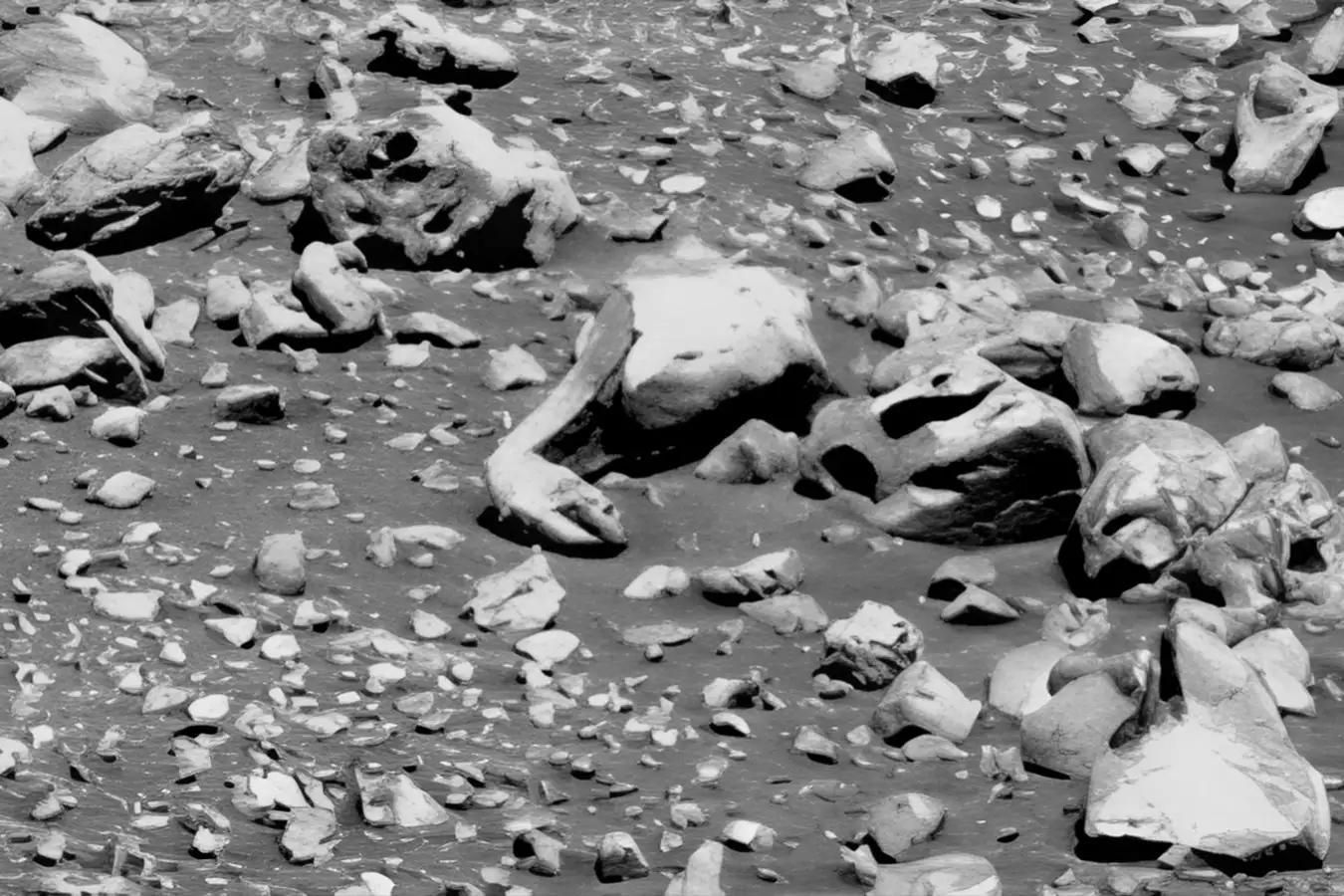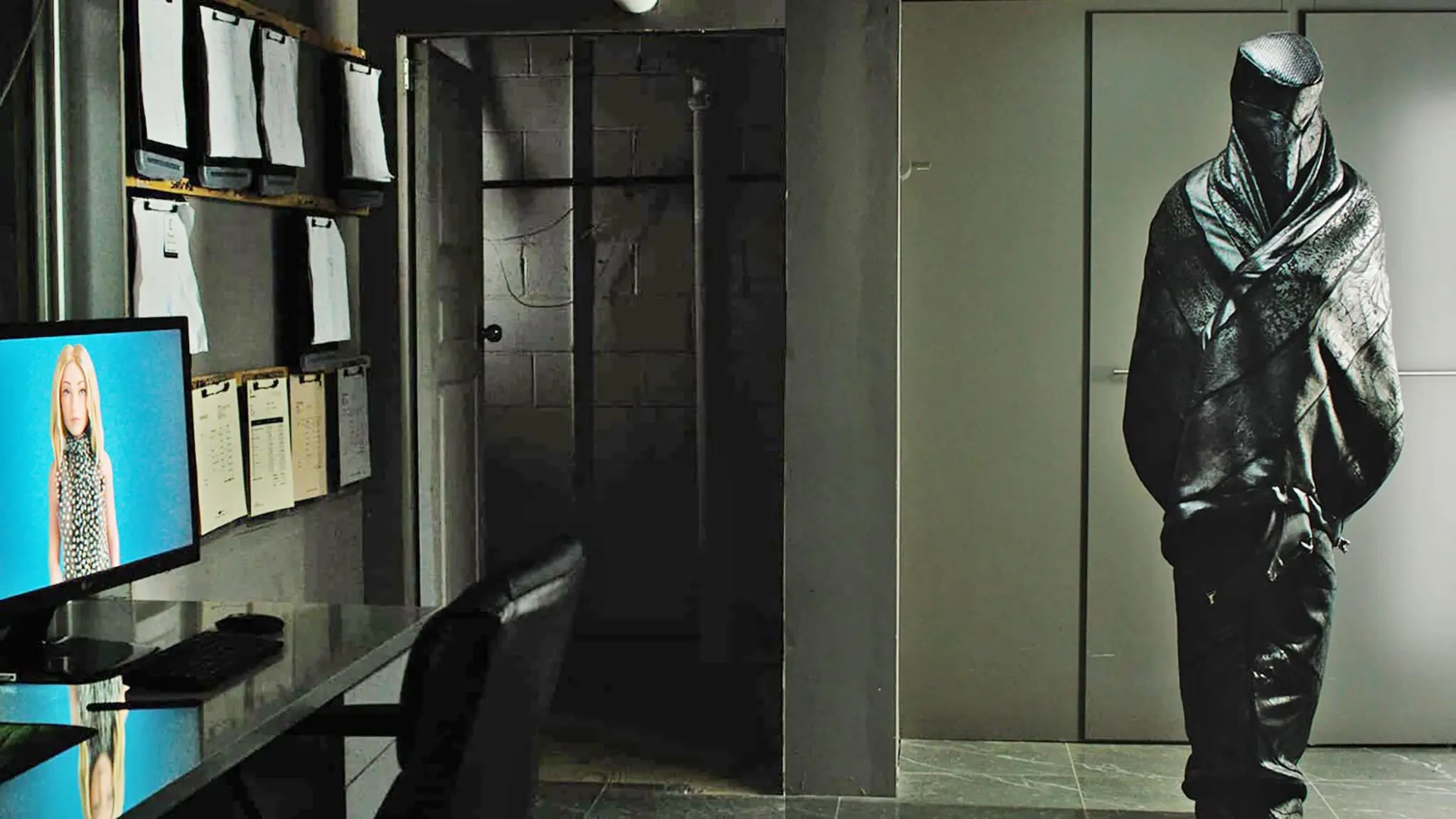
The release of Mufasa, Disney’s photorealistic prequel to The Lion King, occasioned this essay for the Telegraph on the biota of Uncanny Valley
In 1994 Disney brought Shakespeare’s Hamlet, or something like it, to the big screen, In turning the gloomy Dane into an adorable line cub, and his usurping uncle into Scar (arguably their most terrifying villain ever) the company created the highest-grossing movie of the year. Animators sat up and marveled at the way the film combined hand-drawn characters with a digitally rendered environment and thousands of CGI animals. This new technology could aid free expression, after all!
Well, be careful what you wish for.
When in 2019, Disney remade its beloved The Lion King (1994), it swapped the original’s lush hand-drawn animation for naturalistic computer-generated imagery. The 2019 reboot had a budget of $260 million (£200 million) and took more than $1.5 billion (£1.1 billion) at the box office, making it one of the most expensive, and highest-grossing, films of all time – and the focus of a small but significant artistic backlash. Some critics voiced discomfort with the fact that it looked more like an episode of Planet Earth than a high-key musical fantasy. Its prequel Mufasa: The Lion King (directed by Moonlight’s Barry Jenkins), released this month, deepens the trend. For Disney, it’s a show of power, I suppose: “Look at our animation, so powerful, you’ll mistake it for the world itself!” In time, though, the paying public may well regret Disney’s loss of faith in traditional animation.
What animator would want to merely reflect the world through an imaginary camera? The point of the artform, surely, is to give emotion a visual form. But while a character drawn in two dimensions can express pretty much anything (Felix the Cat, Wile E Coyote and Popeye the Sailor are not so much bodies as containers for gestures) drawing expressively in 3D is genuinely hard to do. Any artist with Pixar on their resume will tell you that. All that volumetric precision gets in the way. Adding photorealism to the mix makes the job plain impossible.
Disney’s live-action remake of The Jungle Book (2016) at least used elements of motion capture to match the animals’ faces to the spoken dialogue. In 2024, even that’s not considered “realistic” enough. Mufasa, Simba, Rafiki the mandrill and the rest simply chew on air while dialogue arrives from out of space, in the manner of Italian neorealist cinema (which suggests, incidentally, that, along with the circle of life, there’s also a circle of cinema).
Once you get to this point, animation is a distant memory; you’ve become a puppeteer. And you confront a problem that plagues not only Hollywood films, but the latest advances in robotic engineering and AI: “the uncanny valley”.
The uncanny valley describes how the closer things come to resembling real life, the more on guard we are against being fooled or taken in by them. The more difficult they are to spot as artificial, the stronger our self-preserving hostility towards them. It is the point in the development of humanoid robots when their almost-credible faces might send us screaming and running out of the workshop. Or, on a more relatable level, it describes the uneasiness some of us feel when interacting with virtual assistants such as Apple’s Siri and Amazon’s Alexa.
The term was invented by the Japanese roboticist Masahiro Mori in 1970 – when real anthropomorphic robots didn’t even exist – who warned designers that the more their inventions came to resemble real life-forms, the creepier they would look.
Neurologists seized on Mori’s idea because it suggested an easy and engaging way of studying how our brains see faces and recognise people. Positron emission tomography arrived in clinics in the 1970s, and magnetic resonance imaging about twenty years later. Researchers now had a way of studying the living human brain as it saw, heard, smelled and thought. The uncanny valley concept got caught up in a flurry of very earnest, very technical work about human perception, to the point where it was held up as a profound, scientifically-arrived-at insight into the human condition.
Mori was more guarded about all the fuss. Asked to comment on some studies using slightly “off” faces and PET scans, he remarked: “I think that the brain waves act that way because we feel eerie. It still doesn’t explain why we feel eerie to begin with.” And these days the scientific community is divided on how far to push the uncanny valley concept – or even whether such a “valley” (which implies a happy land beyond it, one in which we would feel perfectly at ease with lifelike technology) exists at all.
Nevertheless, the uncanny valley does suggest a problem with the idea that in order to make something lifelike, you just need to ensure that it looks like a particular kind of living thing – a flaw that is often cited in critical reviews of Disney’s latest photorealist animations. Don’t they realise that the mind and the eye are much more attuned to behaviour than they are to physical form? Appearances are the least realistic parts of us. It’s by our behaviour that you will recognise us. So long as you animate their behaviour, whatever you draw will come alive. In 1944 psychologists Fritz Heider and Marianne Simmel made a charming 90-second animation, full of romance, and adventure, using two triangles, a circle and a rectangle with a door in it.
There are other ways to give objects the gift of life. A few years ago, I met the Tokyo designer Yamanaka Shunji, who creates one-piece walking machines from 3D vinyl-powder printers. One, called Apostroph (a collaboration with Manfred Hild in Paris), is a hinged body made up of several curving frames. Leave it alone, and it will respond to gravity, and try to stand. Sometimes it expands into a broad, bridge-like arch; at other times it slides one part of itself through another, curls up and rolls away.
Engineers, by associating life with surface appearances, are forever developing robots that are horrible. “They’re making zombies!” Shunji complained. Artists on the other hand know how to sketch. They know how to reduce, and abstract. “From ancient times, art has been about the right line, the right gesture. Abstraction gets at reality, not by mimicking it, but by purifying it. By spotting and exploring what’s essential.”
This, I think, gets to the heart of the uncanny valley phenomenon: we tend to associate life with particular outward forms, and when we reproduce those things, we’re invariably disappointed and unnerved, wondering what sucked the life out of them. We’re looking for life in all the wrong places. Yamanaka Shunji’s Apostroph is alive in a way Mufasa will never be.
***
We’re constantly trying to differentiate between living and the non-living. And as AI and other technologies blur the lines between living things and artefacts, we will grapple with the challenge of working out what our moral obligations are towards entities — chatbots, robots, and the like — that lack a clear social status. In that context, the “uncanny valley” can be a genuinely useful metaphor.
The thing to keep in mind is that the uncanny is not a new problem. It’s an evolutionary problem.
Decades ago I came across a letter to New Scientist magazine in which a reader recalled taking a party of blind schoolchildren to London Zoo. He wanted the children to feel and cuddle the baby chimps, learning about their hair, hands, toes and so on, by touch. The experiment, however, proved to be a disaster. “As soon as the tiny chimps saw the blind children they stared at their eyes… and immediately went into typical chimpanzee attack postures, their hair standing upright all over their bodies, their huge mobile lips pouting and grimacing, while they jumped up and down on all fours uttering screams and barks.”
Even a small shift in behaviour — having your eyes closed, say, or not responding to another’s gaze, was enough to trigger the chimpanzee’s fight-or-flight response. Primates, it seems, have their own idea of the uncanny.
Working out what things are is not a straightforward business. When I was a boy I found a hedgehog trying to mate with a scrubbing brush. Dolphins regularly copulate with dead sharks (though that might just be dolphins being dolphins). Mimicry compounds the problem: beware the orchid mantis that pretends to be a flower, or the mimic octopus that’ll shape-shift into just about anything you put in front of it.
In social species like our own, it’s especially important to recognise the people you know.
In a damaged brain, this ability can be lost, and then our nearest and our dearest, our fathers, mothers, sons, daughters, spouses, best friends and pets become no more in our sight than malevolent simulacra. For instance, Capgras syndrome is a psychiatric disorder that occurs when the internal portion of our representation of someone we know becomes damaged or inaccessible. This produces the impression of someone who looks right on the outside, but seems different on the inside – you believe that your loved one has been taken over by an imposter.
Will Mufasa trigger Capgras-like responses from movie-goers? Will they scream and bark at the screen, unnerved and ready to attack?
Hopefully not. With each manifestation of the digital uncanny comes the learning necessary for us not to be freaked out by it. That man is not really on fire. That alien hasn’t really vanished down the actor’s throat. After all, the rise of deepfakes and chatbots shows no sign of slowing. But is this a good thing?
I’m not sure.
When push comes to shove, the problem with photorealist animation is really just a special case of the problem with blockbuster films in general: the closer it comes to the real, the more it advertises its own imposture.
Cinema is, and always has been, a game of sunk costs. The effort grows exponentially, to satisfy the appetites of viewers who have become exponentially more jaded.
And this raises a more troubling thought – that beyond the uncanny valley’s lairs of the strange, the off-kilter and the not-quite-right is a barren land marked, simply, “Indifference”.
The uncanny valley seemed deep enough, in the 1970s, to inspire scientific study, but we’ve had half a century to acclimitise to not-quite-human agents. And not just acclimitise to them: Hanson Robotics’ wobbly-faced Sophia generated more scorn than terror when the Saudi government unveiled her in 2017. The wonderfully named Abyss Creations of Las Vegas turned out their first sexbot in 1996. RealDoll now has global competition, especially from east Asia.
Perhaps we’ve simply grown in sophistication. I hope so. The alternative is not pretty: that we’re steadily lowering the bar on what we think is a person.










